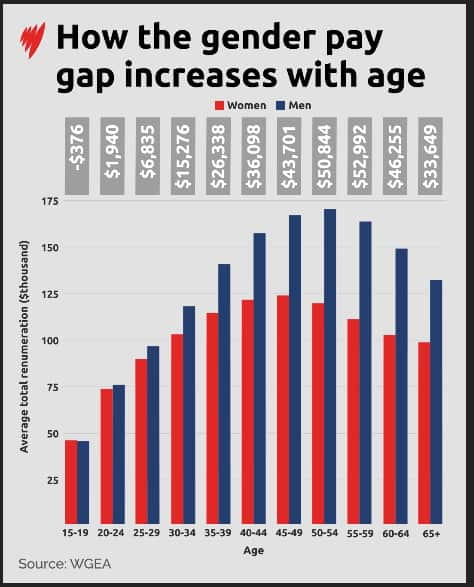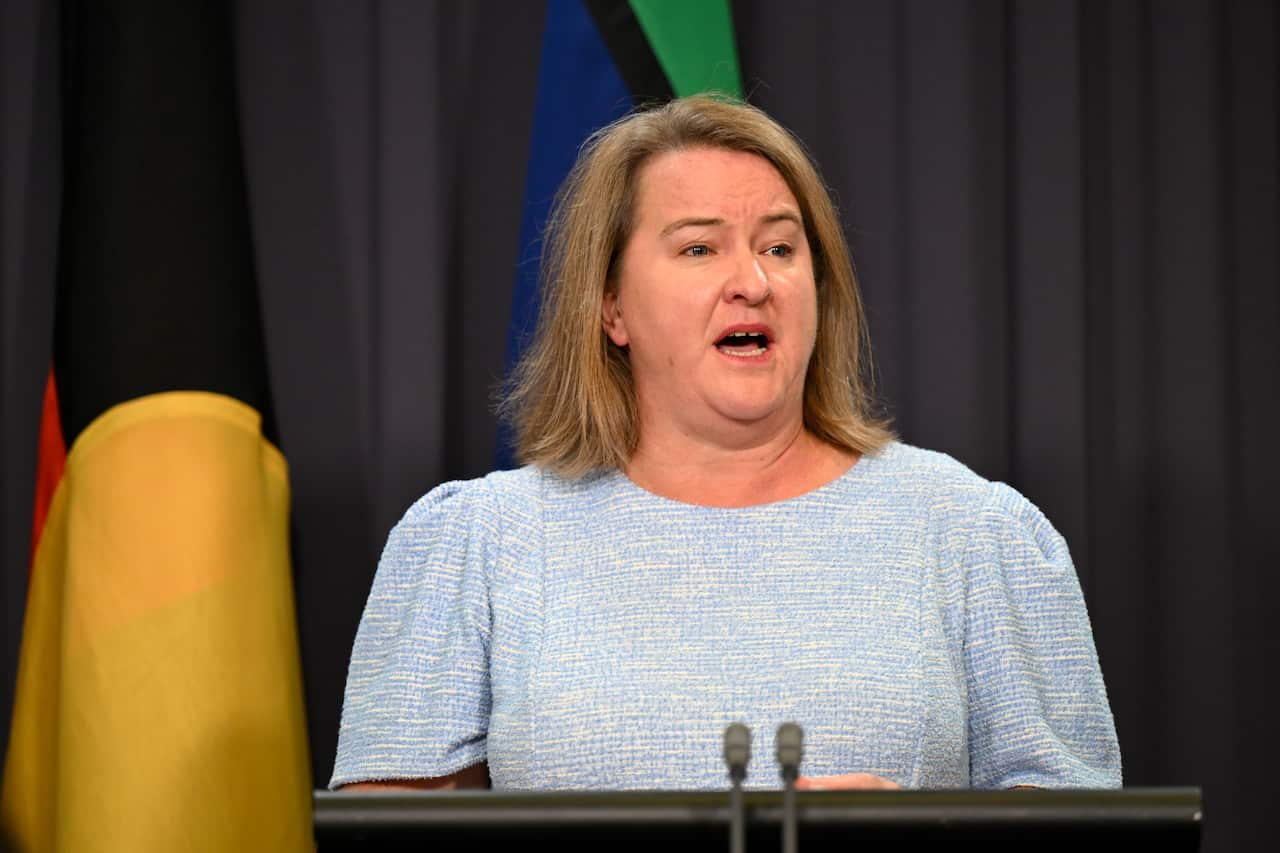By the time a woman is in her 50s, she is more than $50,000 behind men the same age, according to the Workplace Gender Equality Agency (WGEA).
The new data, from more than 5.1 million working Australians, shows that while men and women roughly earn the same in their teens and early 20s, the gender pay gap hits its stride when a woman is in her 30s. At this age, a woman earns $15,276 less than a man the same age.
The figure peaks between ages 55-59, where the pay gap is $52,992.
WGEA, which publishes annual gender pay gap reports, only started collecting age information alongside pay data last year, meaning these latest figures show for the first time the full extent to which the gender pay gap grows throughout a woman's career.

Source: SBS News
"Interventions at critical times could reduce the gender pay gap and improve women's ability to earn and save for retirement," she said.
In a release accompanying the report, the WGEA said: "To consider the cumulative financial impact, adding the earnings difference for every age from 15-67, women earn, on average, about $1.5 million less than men."
Why are women paid less as they age?
There are a few ways this happens.
First, as women age, they are more likely to work part-time. The number of women in full-time employment sits at around 50 per cent.
For men, the percentage in full-time employment is anywhere from 60 to 80 per cent, depending on age.
Next, a reliable way to earn a higher salary is to move into a management role. However, the data found that by age 34, managers are more likely to be men.
Women who do become managers still earn less, with women managers between 55 and 50 earning an average of $85,662 less than male managers of the same age.
The choice of profession could be another factor. The gender pay gap is smallest for workers under 20, who tend to be working in retail or food services.
After age 20, more women are employed in lower-paid sectors such as healthcare, social services, and education, and these professions stay dominant until retirement.
These sectors have seen recent wage growth, with childcare workers now earning $2800 more on average per year, but not enough to close the gap.
How can we fix it?
Wooldridge called on employers to take early action.
"We're asking employers to change the story and shape the future," she said.

WGEA CEO Mary Wooldridge says that fixing the gender pay gap benefits both men and women in the workplace. Source: AAP / Lukas Coch
Woolridge also said employers should be open to making more manager roles part-time, or job share. This would require shifting attitudes around part-time workers being perceived as less productive or committed to their jobs.
Ultimately, WGEA said fixing this gap will make workplaces better for both men and women by offering more flexibility and fair access to leave for everyone.
Share


